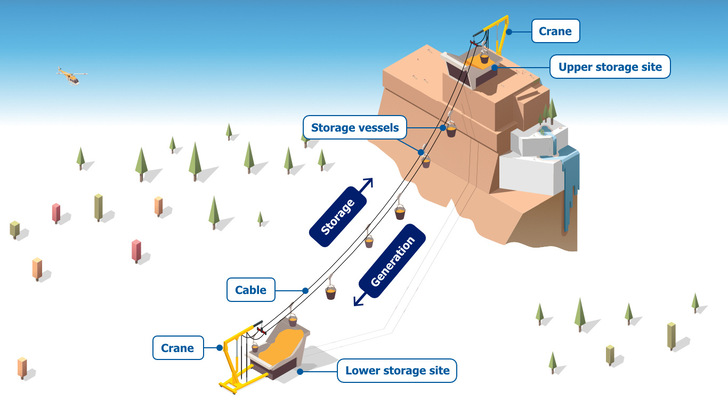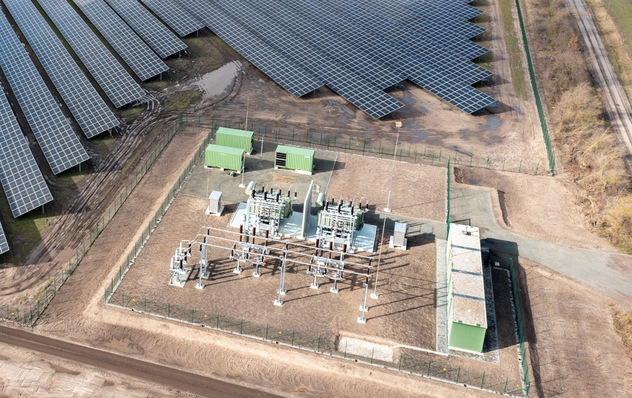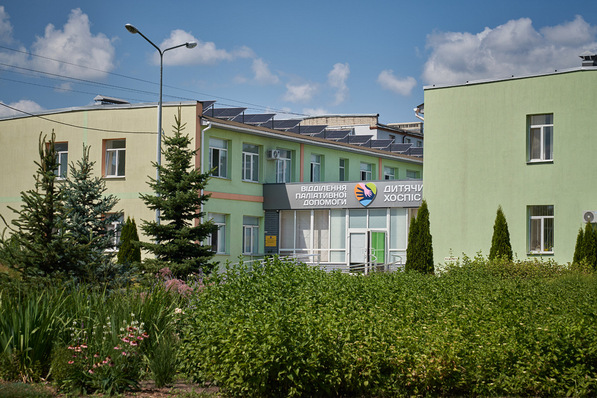Stationary energy storage is projected to play a major role in future decarbonized electricity grids around the world. Government policies, utility procurement targets, and regulatory bodies have begun to forecast greater levels of utility-scale energy storage (UES) deployments, with project sizes of larger power capacity also being planned around the world. According to a new report from Guidehouse Insights, North America, Western Europe, and Asia Pacific are expected to account for approximately 89% of the new long duration energy storage capacity installed worldwide through 2030.
“There is little agreement on which attributes of energy storage will be required and valued over time, specifically the energy capacity or duration of energy storage that could be cost-effective for certain electricity grid services and applications,” says Ricardo Rodriguez, research analyst with Guidehouse Insights. “Nevertheless, as plans to deploy substantial amounts of new renewable energy generation mount, future electricity grids will likely require different types of energy storage than those currently being deployed, particularly for long duration challenges and seasonal capacity challenges.”
What are barriers to a wider adoption of long duration storage?
Despite the numerous advantages of long duration energy storage technologies, actual deployments have been limited so far. Barriers to broader adoption include geographic restrictions, lack of trust in new technologies, low round-trip efficiencies, improved Li-ion battery technology, and higher upfront project costs.
See also: Spain: 2 GWh liquid air long duration storage projects
The report, Market Data: Utility-Scale Long Duration Energy Storage, examines the long duration energy storage market in seven major geographic regions, presenting a 10-year forecast and market sizing from 2021 through 2030. The report provides forecasts for the long duration storage market segmented by technology, application, and discharge duration. Applications included in the forecasts consist of capacity and reserves, transmission and distribution (T&D) asset optimization, solar energy shifting, and wind energy shifting. All forecasts are also segmented by duration for each region, technology, and application. An executive summary of the report is available for free download on the Guidehouse Insights website. (mfo)







